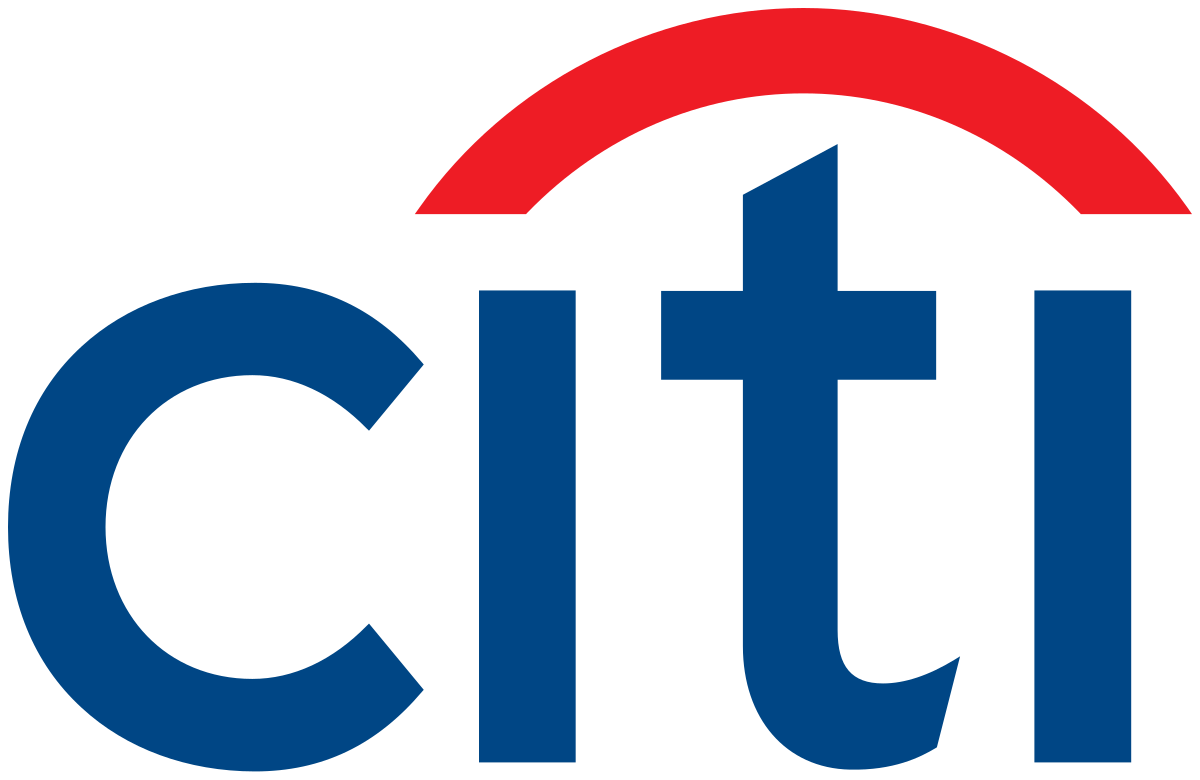Uncertainty persists yet the mood music entering 2024 is the opposite of the Jaws soundtrack accompanying the start of this year. With many calling the end of interest rate hikes and only mild recession on the cards, the question becomes whether markets are pricing in too much smooth sailing.
The possibility of the soft-landing base case being wrong remains. Only a year ago, we had bleak prognoses for US equities, hopes of a Chinese economic recovery, whispers of strong fixed income returns and the ‘most forecasted recession ever’ – and none of these have yet materialised.
In fact, global multi-asset portfolios have already recouped more than half of their losses from November 2021 to October 2022 and the MSCI World booked its eleventh best month since 1969 this November.
Yet, the 2024 horizon is littered with unknowns and these as well as unknown unknowns will be the key risks to the triumphant confidence boost of recent months.
Aside from potential inflation surprises and geopolitical escalation, investors will have to contend with geographical dispersion in economic output and monetary policy, as well as 2.5 billion people representing $44trn GDP going to the polls next year across the US, UK, India, Russia, Mexico and Taiwan.
Asset managers have attempted to wrangle some of the key questions of the coming year and ETF Stream has collated a handful of these views.
Time to cut?
Whether, where and when interest rates will be cut by central banks is unsurprisingly the burning question of 2024 and the answer will define outcomes for economies and portfolios alike.
After haphazard stimulus and then the fastest pace of rate hikes since the 1980s in the US, forecasts on the Federal Reserve’s policy pathway have since settled to one or no more hikes, yet the game of picking when cuts will begin remains more treacherous.
Between its BlackRock Investment Institute and iShares 2024 outlooks, BlackRock argues “the Fed is likely done hiking” but warns “the market overestimates the speed and scope of Fed easing in 2024”.
The world’s largest asset manager said it does not see a pivot by Fed Chair Jerome Powell’s team until the second half of 2024, with the focus shifting from ‘how high’ to ‘how long’ policy rates remain high.
This view was echoed in Vanguard’s 2024 outlook, with the Pennsylvania-based giant looking for further inflation decline led by weakened labour demand and slower wage growth, for central banks to start cutting policy rates in H2 next year.
It added it expects rates “to settle at a higher level compared with after the Global Financial Crisis (GFC) and during the COVID-19 pandemic”, representing a “structural shift” and “the single most important financial development since the GFC”.
Elsewhere, Deutsche Bank analysts stood by their macro narrative that we are coming towards the cutting edge of a policy-led boom-bust cycle and ‘lags of policy’ – “which are highly uncertain in their timing and impact” – will likely trigger a “mild US recession in H1 2024”, prompting a reduction in the growth outlook and the Fed responding with 175 basis points (bps) of rate cuts from current levels.
In Europe, Deutsche Bank has a core inflation forecast at 2.1% in 2025, which they said will make the European Central Bank “relatively cautious in cutting rates”, with the firm anticipating the first ECB cut in June, with a total of 100bps in 2024 and 100bps in 2025.
On the inflation outlook, JP Morgan noted core price inflation (CPI) has “collapsed from its peak of over 9%” and will approach central banks’ mandate rates in the US and Europe by the end of 2024; however, the bank called for structurally higher inflation between 2% and 2.5% over the next five to 10 years.
Citi concluded that it expects the Fed’s funds rate to fall to a “longer run” normal of 2.5% over “the next few years”.
Stick the landing?
Panning over to the economic conditions that drive monetary policymaking, bank and asset manager expectations range from no recession to slight recession in 2024.
JP Morgan reiterated the recession that never was in 2023 and added “while the US economy is likely to slow, it should avoid recession”.
In a similar moderately positive vein, Citi’s ‘slow then grow’ thesis calls for a “deceleration in economic activity during the early part of 2024, but no synchronised recession, followed by an economic acceleration later in the year”.
BNP Paribas Asset Management argued the US’s outsized productivity this year was the “lingering impact of the massive fiscal stimulus at the beginning of the Biden administration”, followed by the Inflation Reduction Act.
While the firm sees excess consumer savings waning and higher rates compressing demand for foods, services and housing, it expects US GDP growth to weaken “only briefly” at the beginning of 2024 and they “do not believe the slowdown will end in recession”.
Deutsche Bank, meanwhile, notes the highest US unemployment rate since the start of 2022, credit card delinquencies at 12-year highs and high yield defaults “comfortably off the lows”.
They predict a “mild US recession in Q1 and Q2” and unemployment rates peaking at 4.6% by Q3, providing leeway for Fed to begin cutting rates from June.
In Europe, they say the eurozone is on course for “nearly two years of stagnation by mid-2024 when the recovery slowly starts”.
Interestingly, Deutsche Bank’s report, titled The race against time, focuses on the fact funding has dried up for various parts of the economy over the past two years as rates have risen.
“Can lending standards loosen, and can yields fall, quickly enough to avoid a funding accident that could see contagion?” they ask. “Non-linearity risk that can turn a mild downturn into a deeper recession remains high.”
Likewise, Fidelity said investors would be right to fear the next stage of this cycle “will bring more volatility”.
They argue those who previously bet on economic downturn “have already been burned once” but many are now supporting a Goldilocks ‘soft landing’ and a return to economic and labour market equilibrium.
A combination of household and corporate savings buffers being drained, narrowed fiscal support and a pick-up in refinancing at a time of credit tightening mean their “base case for 2024 is a cyclical recession”.
BlackRock concluded on a longer-term view: “Something has changed – and it is structural in nature. We are on a weaker growth path and got here with more inflation, higher interest rates and much higher debt levels.”
China et. EM
Next, China’s delineated COVID-19 reopening and fiscal support continue to leave fund selectors scratching their heads.
After 2023 saw the world’s second-largest economy maligned by piecemeal government stimulus, low output and continued property sector woes, Charles Schwab said China “is also likely to struggle with growth in 2024”.
Even after “accelerated infrastructure spending” and the “rare intra-year move” of raising the fiscal deficit from 3% to 3.8%, Charles Schwab said the country’s recovery “is likely to be uneven and investors may need to get used to slower growth”.
However, the firm did note its outlook could brighten should domestic growth and exports improve, but even a recovery may not translate into steady equity gains in the country.
BNPP AM noted consumer and business confidence has remained subdued given Chinese households had not accumulated as much savings as their US and Europe counterparts.
It added economic growth will likely continue to disappoint until authorities take “more forceful measures to address insolvencies among property developers and indebtedness among local governments who depend on property sales for revenue”.
On a structural basis, the firm said there is renewed investment growth in “high-value manufacturing and high-tech industries”. Improving education and healthcare, providing for the elderly, curbing pollution and cutting the debt ratio present challenges and long-term investment themes, it concluded.
Elsewhere, Fidelity outlined “a controlled stabilisation” as its base case for China, with a 65% probability assigned to a scenario where the property sector stabilises, consumption picks up and the economy picks up 4-5% in 2024.
It argued policymakers will provide fiscal and monetary support, including measures to “address deep, structural problems that help rebalance the economy away from the old investment-led model”.
Deutsche Bank said government support being maintained could see China CPU rebounding to 0.9% in 2024, up from 0.3% this year.
However, it was concerned the ‘peace dividend’ in place over the past couple of decades “is fraying at the edges”, with changing patterns of foreign direct investment (FDI), ‘near-shoring’ of supply chains to other emerging markets, as well as several key elections in 2024.
BlackRock agreed that India may take on an expanded role in the “trade rewiring to friendlier countries where costs are lower than developed markets” and this feeds into what it sees as the potential structural slowdown in the Chinese economy.
“Since the beginning of the year, global investors have added $4.3bn to emerging market ex-China focused ETFs, as many expect the headwinds to persist,” it concluded.
Unsurprising megatrend
A key talking point throughout this year, artificial intelligence (AI), is unsurprisingly the number one structural theme asset managers are excited about in 2024.
BlackRock said it is overweight the AI theme in developed market stocks on a six to 12-month basis, with tech sector earnings resilience expected to be a key driver of overall US corporate profit growth in 2024.
It added AI and other digital disruption is “already reshaping markets”, with market leaders broadening the AI tech stack pushing the firm’s stance on broad developed market equities to neutral, “even if the macro backdrop is not rosy”.
BNPP AM agreed and identified key growth drivers for the theme, ranging from continued growth of the infrastructure for training AI models, new competitors emerging to challenge leaders in graphics processing units (GPUs), leading tech companies using application-specific integrated circuits (ASICs) in select high volume applications, opportunities for back-end networking of AI supercomputers, cloud providers developing more powerful AI systems and then new applications in drug discovery, software development and more.
Citi reiterated it expects to see a “major AI buildout amid easier financial conditions” in 2024, alongside growth for semiconductor equipment, robotics, cyber security and drug discovery.
On the latter, JP Morgan said: “we see potential upside in the stocks of drug makers with a growing share of the weight-loss market”.
BlackRock concluded: With the rapid adoption of ChatGPT’s generative AI and GLP-1 weight-loss drugs, 2023 has given investors no lack of evidence on how long-term trends with near-term catalysts have the potential to generate differentiated outperformance.
“Stepping into 2024, investors may want to continue to assess the potential impacts of AI and medical innovations, while also paying close attention to other trends such as the rewiring of globalisation and future of financing.”
Asset allocation implications
In terms of how the broad macro view translates into implementation for investors, all pundits agree that bonds will be back in 2024.
Vanguard said despite the potential for near-term volatility, “we believe this rise in interest rates is the single best economic and financial development in 20 years for long-term investors” and its bond return expectations “have increased substantially”.
It said it expects UK returns to return nominal annualised 4.4-5.4% over the next decade, compared with 0.8-1.8% expectations before rate hikes.
Vanguard added if reinvested, the “income component of bond returns at this level of rates will eventually more than offset the capital losses experienced over the past two years”.
It concluded the case for the 60/40 is “stronger than in recent memory”, with long-term investors seeing a 39% chance of a 10-year annualised return of at least 7%, up from 9% in 2021.
Agreeing, JP Morgan said the recent rise in yields could see bonds deliver on “both fronts” and “could hold up much better against equities than they have over the past decade”.
Across markets, the bank said the rate reset offers the potential to lock in strong returns in many parts of the yield curve, with the three to 10-year range offering attractive yield while being less exposed to long-term risks related to government deficits.
BNPP AM, however, said fundamentals and valuations support a longer-term duration stance over a 12-month horizon, with 525bps of rate hikes feeding through into weaker growth in the US in 2024.
BlackRock said investors will have to hold duration to benefit from rate cuts, but believes the intermediate portion of the curve represents the ‘sweet spot’, optimising potential price appreciation, liquidity and current yield.
It argued yields at the long end of the curve are not yet attractive – and more positive term premium is required.
It added fixed-rate mortgage-backed securities have an embedded prepay option and spreads have therefore been correlated with implied volatility. In turn, they are also likely to benefit from rate cuts, with spreads narrowing as implied volatility normalises.
Removing duration by staying cash, BlackRock said, will mean missing out on fixed income and equity returns in 2024.
In 2023, global investors added a record $1.1trn to their cash holdings and many “appear to be waiting on the sidelines for more clarity around the path of policy rates”. The firm cautioned this risks “missing potential upside in other asset classes”.
The firm cautioned while this made sense to avoid negative term premium with a steeply inverted yield curve, this now risks “missing potential upside in other asset classes”.
Finally, on equities, Vanguard said while higher rates naturally depress valuations and squeeze profit margins due to issuance and refinancing costs, the “most stretched” valuations are US equities, where they have downgraded return expectations for sterling investors to 4.1-6.1% over the next decade, down from 4.3-6.3% at the start of this year.
It added the key drivers of US outperformance – valuation expansion and US dollar strength beyond the firm’s fair-value estimates – “are likely to reverse”. Instead, it sees 10-year annualised returns of 6.8-8.8% for non-US developed markets and 6.4-6.8% for emerging markets, from a sterling investor perspective.
Disagreeing, JP Morgan noted profit margins for the core of the S&P 500 have stabilised at around 12%, in line with pre-pandemic peaks and only 1% shy of 2021 highs.
In turn, the firm believes large public companies in the US and elsewhere – such as the European luxury goods sector – will be able to maintain pricing power and their margins.
It continued, stating valuations for US equities as a whole “appear reasonable” and the S&P 500 year-over-year return is nearly 14% with inflation in the range of 2-3%.
Equity valuations outside US large caps are “inexpensive elsewhere”, with US mid and small-caps, Europe, China and other EMs all trading “a substantial discount”.
“While we prefer the US stock market in 2024, low valuations elsewhere suggest that prices already anticipate bad news for corporate profits, limiting the downside for stock performance. By the same token, better-than-expected news could spur greater-than-expected gains,” it concluded.
Although far more optimistic than the tone of outlook a year ago, a range of possible macro outcomes and an even broader range of asset allocation views remain in play. The key consensus, if one can be drawn, is we are not going back to a 0% rate environment – and the 60/40 may be back in play.










